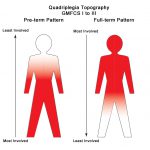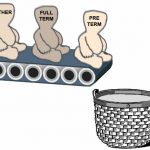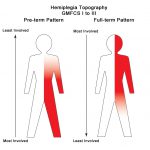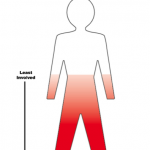Cerebral Palsy – Spastic Quadriplegia – GMFCS Level I – III
In preterm pattern quadriplegia, the legs are most involved and in full term pattern quadriplegia, the arms, hands, upper trunk and face more involved. The patterns are like...
Cerebral Palsy – Hemiplegia – GMFCS I to III – Part Two
I have some real problems with classifying all children with hemiplegia into one basket. As I explained last week, (Cerebral Palsy – Hemiplegia – GMFCS I to III –...
Cerebral Palsy – Hemiplegia – GMFCS I to III – Part One
The topography of hemiplegia is much more complex than diplegia. The differences relate both to the type and extent of brain damage as well as the timing of the...
Cerebral Palsy – Diplegia – GMFCS I to III
In spastic diplegia, the lower leg muscles are the most involved part of the body. Spasticity is most severe in the lower leg and it becomes less problematic as...
Cerebral Palsy – The Best Possible Outcome and How To Get It
Over my years of practice as a neonatologist and clinical neuroscientist, the most common question I have been asked is, “How bad is it?” quickly followed by “How do...




